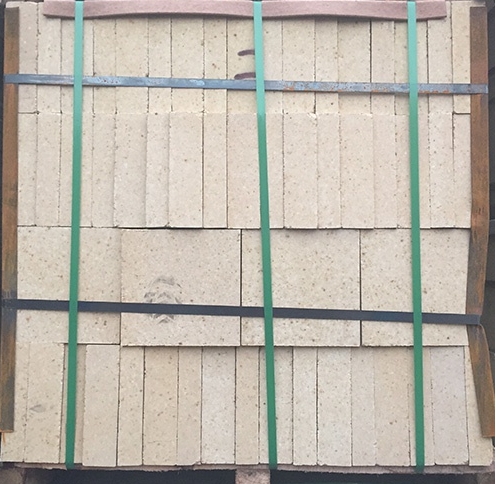- 08
- Apr
What are the effects of combustion and fuel nozzles on refractory brick kilns?
What are the effects of combustion and fuel nozzles on brik REFRACTORY kilns?
When coal is used as a fuel, the volatile content and ash content of coal play a decisive role and directly affect the shape of the flame. The pulverized coal with higher volatile content and lower ash content can shorten the black fire head and form a low-temperature long flame calcination. Generally, it is beneficial to protect the kiln lining, but the volatile content is too high and the ignition is too fast. The clinker temperature of the refractory brick kiln is as high as 260℃, and the secondary air temperature exceeds 900℃. It is easy to burn the nozzle, deform or burn out, and create gaps. The flame shape was disordered, and the kiln lining was damaged before the kiln lining was replaced. If the volatile content of the coal is too low (less than 0%) and the ash content is too high (above 28%), the incomplete combustion of a large amount of pulverized coal will settle and burn in the material and release a lot of heat, which will also damage the kiln skin. The structure of the fuel nozzle is often not paid enough attention in production. The shape of the nozzle and the size of the outlet mainly affect the mixing degree and ejection speed of the same secondary air pulverized coal. Sometimes in order to enhance the mixing of wind and coal, wind wings can be installed in the nozzle, but it should be noted that the rotation range of the swirling air is too large to sweep the kiln skin.

